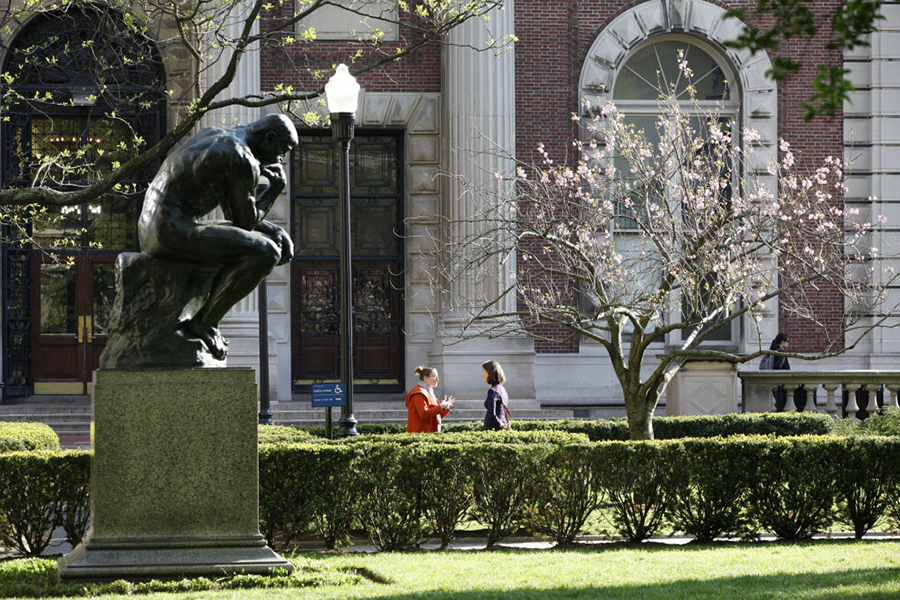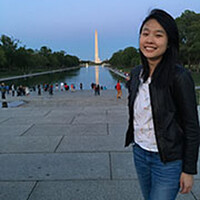How closely was Columbia University tied to the slave trade?
Loading...
Columbia University has joined a growing number of major educational institutions in openly and honestly facing its past ties with slavery.
The university on Tuesday released a report detailing the results of a preliminary investigation into its connections with slavery from beginning of the school's history up through the end of the Civil War. Though the school indicates that it has no immediate plans to act on the report, it reveals the extent of the integration of slavery into the university and the North as a whole.
“People still associate slavery with the South, but it was also a Northern phenomenon,” Eric Foner, the Columbia historian who led the research and wrote the report told The New York Times on Monday. “This is a very, very neglected piece of our own institution’s history, and of New York City’s history, that deserves to be better known.”
The new report, a collaborative work by Dr. Foner and students, discloses how the institution of human bondage helped to found the school.
Founded as the King’s College, the school stood closely with slavery – and not just in geographic proximity to the municipal slave market. The university was also deeply connected to the slave trade through its founding college governors.
“From the outset, slavery was intertwined with the life of the college,” the report wrote. “Of the ten men who served as presidents of King’s and Columbia between 1754 and the end of the Civil War, at least half owned slaves at one point in their lives. So did the first four treasurers.”
In addition, while most of the donors of the school had a connection to slavery either via ownership or trade, King’s endowment also helped subsidize the business activities of those who profited from slavery, according to the report,
The findings also illustrates how slavery seeped into the intellectual and social aspects of daily life, as the university was firmed rooted in a city that was an important trading center in Britain’s slave-based New World empire.
In the 1760s, a math professor at the university asked his students to “calculate the profits of three investors in a slave trading voyage ‘to Guinea,’” as most of King’s students at that time came from merchant families, most of whose wealth derived from slave trading or from profits in goods made by slaves, the investigation shows.
George Washington’s stepson John Parke Curtis also brought a slave – known as Joe in historic records – with him to the school in 1773. According to the report, Joe served Curtis breakfast every morning and served as a personal messenger between home and school.
Foner said he was inspired to start the project in 2013 after he read about Craig Steven Wilder’s book “Ebony & Ivy: Race, Slavery and the Troubled History of America’s Universities.” He then led an undergraduate research seminar in which the students dug through university’s archives, which, due to Columbia’s three separate locations over the last 250 years, were limited.
Columbia University President Lee Bollinger said the report, which is now combined into a new website, provides an extensive look into the history that is necessary to address current injustice issues.
“Every institution should know its history, the bad and the good,” he told The New York Times. “It’s hard to grasp just how profoundly our contemporary society is still affected by what has happened over the past two or three centuries.”
This report comes several months after Georgetown University pledged to make amends for the sale of 272 slaves in 1838 that helped to pay off the school’s debts. Georgetown also became the first university to offer admissions preference to the descendants of the enslaved.
A number of other colleges, including Harvard University, Brown University, and the College of William and Mary, have also funded research projects and publicly recognized their ties to slaves and the slave trade.








